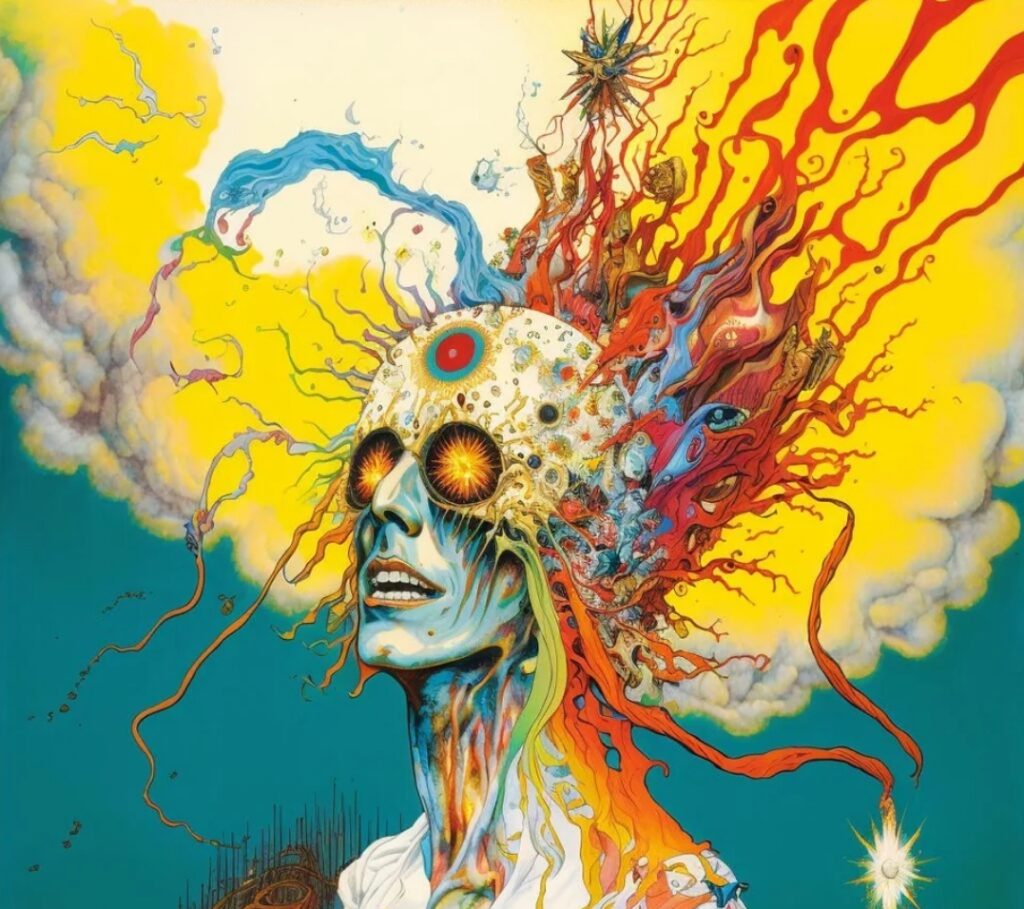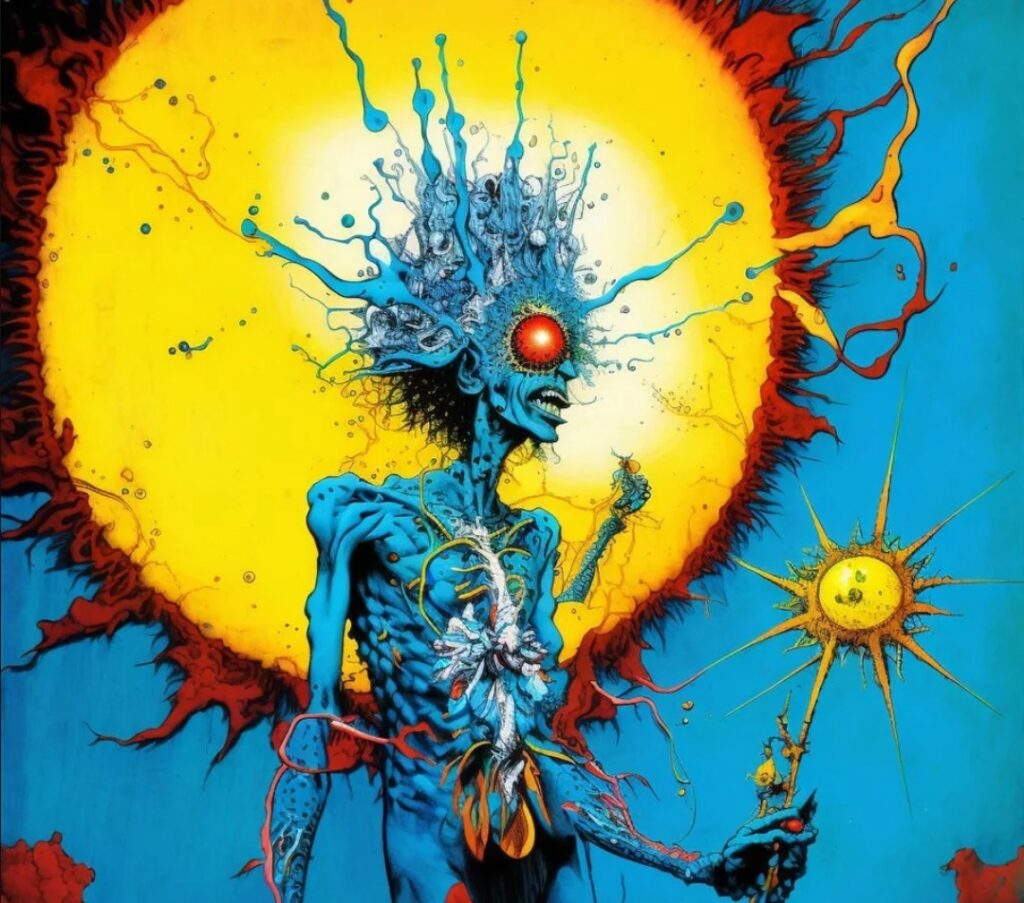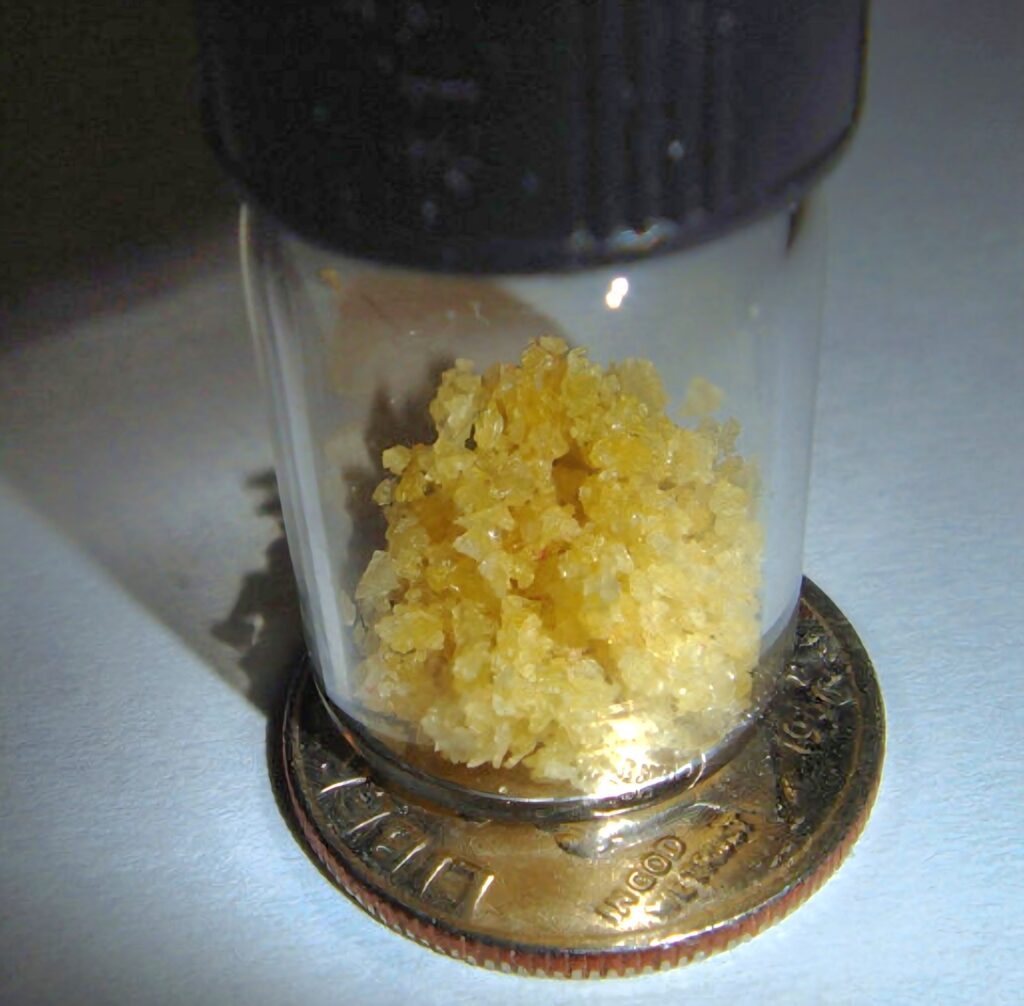In recent years, groundbreaking research has shed light on the presence of DMT (N,N-Dimethyltryptamine) in the brain and its comparison to other neurotransmitters like serotonin and dopamine. This research holds significant implications for our understanding of consciousness, psychedelic experiences, and mental health. The objective of this article is to provide a comprehensive overview of these findings and their potential impact on the field of neuroscience.

Objective of the Research
The objective of this article is to explore recent research findings regarding DMT levels in the brain and their implications for consciousness and psychedelic experiences. By analyzing data on DMT concentrations in key brain regions, the article aims to shed light on the neurochemical basis of DMT’s effects and its potential role as a neurotransmitter. Through this exploration, readers will gain insights into the significance of understanding DMT’s presence in the brain and its broader implications for neuroscience and psychedelic research.
Detailed narrative on the cultural and historical significance of DMT:
DMT, also known as the “spirit molecule,” has captivated human imagination for centuries due to its profound psychedelic effects. It is revered across diverse cultures for its spiritual and healing properties. While its presence in various plants and animals is well-documented, speculation surrounds its production in the human pineal gland, although concrete evidence remains elusive. Nonetheless, the synthesis of exogenous DMT has opened doors for intriguing research opportunities, particularly in neuroimaging studies.
Understanding DMT: A Brief Overview
Often referred to as the “spirit molecule,” is a naturally occurring compound found in various plants and animals, including humans. It acts as a potent psychedelic, inducing profound alterations in perception, cognition, and consciousness. Its cultural significance spans centuries, with indigenous cultures using DMT-containing substances for spiritual and healing purposes.
DMT Levels in the Brain
Researchers utilized advanced methodologies to measure the levels in the brains of rats under baseline conditions. The results revealed that the concentrations were comparable to those of serotonin and dopamine in key brain regions, such as the prefrontal and somatosensory cortex. This groundbreaking finding suggests that DMT plays a significant role as a neurotransmitter, potentially influencing mood, cognition, and behavior.

The role of serotonin receptors and altered brain connectivity under the influence of DMT. Comparison to Serotonin and Dopamine
Comparative analysis of DMT levels alongside serotonin and dopamine highlights intriguing similarities and differences. The study highlighted the pivotal role of serotonin 5-HT2A receptors, which are abundant in regions rich in altered brain connectivity under the influence of DMT. These receptors mediate psychedelic experiences and showed heightened activity during DMT administration. The observed increase in connectivity between brain regions sheds light on the concept of “transmodal regions,” where information processing transcends specific sensory modalities.
DMT carts appears to blur the lines between these regions, hinting at a reorganization of cognitive processes at a fundamental level. While serotonin and dopamine are well-known neurotransmitters associated with mood regulation and reward processing, DMT pens role in the brain remains enigmatic. Fully understanding these neurochemical interactions may offer insights into the mechanisms underlying psychedelic experiences and mental health disorders.
Psychedelic Perspective
The psychedelic effects of the spirit molecule are profound and multifaceted, often described as transcendent and ineffable. When administered intravenously to animals, it induces dose-dependent behavioral responses, including the classic head twitch response. These effects are transient, lasting for varying durations depending on the dosage administered. Further research into the neurobiological mechanisms underlying these effects is warranted to unravel the mysteries of DMT-induced altered states of consciousness.
Practical Applications and Future Directions
The implications of understanding DMT levels in the brain extend beyond theoretical curiosity. They pave the way for novel therapeutic interventions and psychedelic-assisted psychotherapy. By elucidating the neurochemical basis of psychedelic experiences, researchers may uncover new treatment modalities for mental health disorders such as depression, anxiety, and PTSD. Future studies should explore the therapeutic potential of DMT cartridges and its analogs in controlled clinical settings.

Reflective insights on the broader implications of DMT research
The research holds transformative potential for understanding consciousness and cognition in ways previously unexplored. By unraveling the intricate interactions between DMT vape and the brain, researchers may unlock profound insights into the nature of human consciousness. Moreover, the study underscores the therapeutic potential of psychedelics, paving the way for novel treatments for mental health disorders.
Conclusion
The groundbreaking findings on DMT levels in the brain represent a significant milestone in psychedelic research. By elucidating the neurochemical basis of DMT’s effects, researchers are one step closer to unlocking the mysteries of consciousness and mental health. This research opens new avenues for exploration and underscores the importance of continued scientific inquiry into psychedelics and their potential therapeutic applications.
| Topic | Key Points |
|---|---|
| DMT Levels in the Brain | – Utilization of advanced methodologies to measure DMT concentrations in the brains of rats under baseline conditions. |
| – DMT concentrations found comparable to those of serotonin and dopamine in key brain regions. | |
| Objective of the Research | – To explore recent research findings regarding DMT levels in the brain and their implications for consciousness and psychedelic experiences. |
| – Aims to shed light on the neurochemical basis of DMT’s effects and its potential role as a neurotransmitter. | |
| Cultural and Historical Significance of DMT | – DMT, known as the “spirit molecule,” revered for its spiritual and healing properties across diverse cultures. |
| – Speculation regarding its production in the human pineal gland, although concrete evidence remains elusive. | |
| Understanding DMT: A Brief Overview | – DMT acts as a potent psychedelic, inducing profound alterations in perception, cognition, and consciousness. |
| – Indigenous cultures have historically used DMT-containing substances for spiritual and healing purposes. | |
| The Role of Serotonin Receptors and Altered Brain Connectivity under the Influence of DMT | – Highlighted pivotal role of serotonin 5-HT2A receptors in mediating psychedelic experiences. |
| – Observed increase in connectivity between brain regions suggests a reorganization of cognitive processes. | |
| Comparison to Serotonin and Dopamine | – Comparative analysis of DMT levels alongside serotonin and dopamine reveals intriguing similarities and differences. |
| Psychedelic Perspective | – DMT induces profound and multifaceted psychedelic effects, often described as transcendent and ineffable. |
| – Administered intravenously to animals, DMT induces dose-dependent behavioral responses. | |
| Practical Applications and Future Directions | – Implications of understanding DMT levels extend beyond theoretical curiosity, paving the way for novel therapeutic interventions. |
| – Future studies should explore the therapeutic potential of DMT and its analogs in controlled clinical settings. | |
| Reflective Insights on the Broader Implications of DMT Research | – Research holds transformative potential for understanding consciousness and cognition. |
| – Underscores the therapeutic potential of psychedelics, opening new avenues for novel treatments for mental health disorders. | |
| Conclusion | – Groundbreaking findings on DMT levels in the brain represent a significant milestone in psychedelic research. |
| – Highlights the importance of continued scientific inquiry into psychedelics and their potential therapeutic applications. |
References: Nichols D. E., Psychedelics. Pharmacol. Rev. 68, 264–355 . PMC free article, PubMed, Google Scholar
Miller M. J., Albarracin-Jordan J., Moore C., Capriles J. M., Proc. Natl. Acad. Sci. U.S.A. 166, 11207–11212 (2019), . PMC free article, PubMed, CrossRef, Google Scholar.
Palhano-Fontes F., et al., Psychol. Med. 49, 655–663 PMC free article, Google Scholar
CinicalTrials.gov, SPL026 (DMT Fumarate) in healthy subjects and MDD patients (U.S. National Libraryt of Medicine, 2021). https://clinicaltrials.gov/ct2/show/NCT04673383. [Google Scholar]
D’Souza D. C., et al., Exploratory study of the dose-related safety, tolerability, and efficacy of dimethyltryptamine (DMT) in healthy volunteers and major depressive disorder. Neuropsychopharmacology 47, 1854–1862 (2022),
Strassman R. J., Human psychopharmacology of N, N-dimethyltryptamine. Behav. Brain Res. 73, 121–124 (1995)
Timmermann C., et al., DMT models the near-death experience. Front Psychol. 9, 1–12 (2018), 10.3389/fpsyg.2018.01424.
Lawrence D. W., Carhart-Harris R., Griffiths R., Timmermann C., Phenomenology and content of the inhaled N, N-dimethyltryptamine (N, N-DMT) experience. Sci. Rep. 12, 8562 (2022),
]

This website is an absolute gem! The content is incredibly well-researched, engaging, and valuable. I particularly enjoyed the dmt carts breakdown, which provided unique insights I haven’t found elsewhere. Keep up the amazing work!